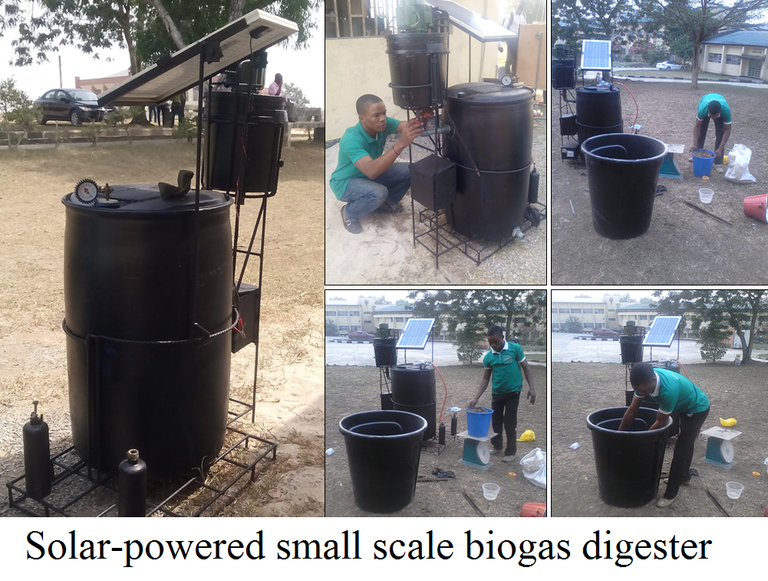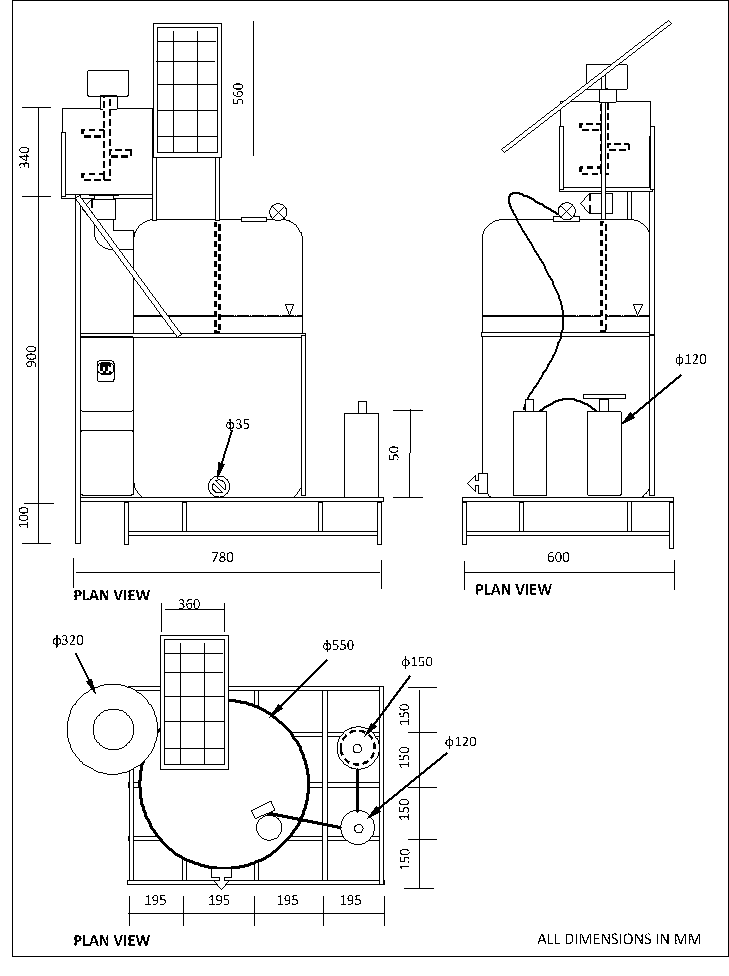Earth Day 2024: Renewable Energy Revolution and How we can Contribute
KEY FACT: Earth Day celebrated annually on April 22nd is a moment to raise awareness about environmental issues and promote sustainability. It is a day for individuals and communities worldwide to come together and take action to protect our planet. As we mark the 2024th celebration of Earth Day, I reflect on the Renewable Energy Revolution and How we can each one of us can contribute.

Collage created on Corel Paint
In recent years, there has been a remarkable shift towards renewable energy sources as societies worldwide recognize the urgent need to transition away from fossil fuels and towards more sustainable alternatives. This renewable energy revolution is driven by advancements in technology, declining costs, and growing environmental awareness. Among the various renewable sources, solar, wind, and hydroelectric power stand out as key pillars of this transformative movement, offering abundant, clean energy solutions to power our planet sustainably.
In my locality, fossil-based fuels have become scarce and more expensive in addition to the ill it does to the environment. In a quest to generate sufficient power for daily needs, the economics of alternative energy systems have been highly explored. Some rural dwellers and farmers in Nigeria do not easily and steadily have access to advanced forms of energy such as electricity; therefore, need alternative energy systems, such as biogas systems that could be effectively operated and managed by them at the least cost and with the available materials at their locality.
Solar-powered Biogester Design
Several biogas designs have been obliged by many researchers but with less efficiency. In one of my research adventures, I developed a small-scale biogas digester. The specific objectives were to design and construct a biodigester for biogas production and to test the performance of the biodigester using raw poultry waste.
The designed biogas digester consisted of a digestion tank and cover, thermometer, gas discharge pipe, gas valve, pressure gauge, material level indicator, solar plate, storage cell, gas tanks, mixer unit with stirrer, and support frame. The machine was constructed in the Engineering Workshop, University of Uyo with a handling capacity of 0.22m3. The digestion tank was an alloyed plastic cylinder of 4mm thickness and 550mm diameter.

The performance of the biogas plant was examined using a substrate of concentration ratio of 1:2 and 1:3 waste-water ratios. Results of the analysis revealed that with the material ratio of 1:2, the total volume of gas generated was 44.69mL in 24 days and the total gas yield was 0.894L/kg of poultry waste. With a material ratio of 1:3, the total volume of gas generated was 18.75mL in 24 days.
The total gas yield was 0.375L/kg of poultry waste. It was also observed that the poultry waste-to-water mixture of 1:2 gave better gas yield than the mixture of 1:3. However, the design and operation of the machine were not without its constraints among which included sealing of openings on the digester to prevent pressure loss, high cost of solar energy conversion to electrical energy, measurement of little gas pressure and long time required for maturation of substrate fermentation.
Based on the findings of the study, it was recommended among others that more days of observation should be dedicated to obtain the peak gas yield as well as optimum conditions for such yield. Moreover, there is the need for natural catalysts, possibly from agricultural sources should be investigated to hasten the generation of gas.
Towards a Sustainable Energy Future
The transition towards renewable energy sources such as solar, wind, and hydroelectric power represents a pivotal step towards a more sustainable energy future. By harnessing the power of these abundant, clean resources, societies can reduce reliance on fossil fuels, mitigate climate change, and promote energy independence and security.
As technology continues to advance and economies of scale drive down costs, renewable energy solutions are becoming increasingly accessible and cost-effective. Governments, businesses, and individuals alike have a crucial role to play in accelerating the adoption of renewable energy technologies and driving the renewable energy revolution forward.
By embracing renewable energy and reducing our reliance on fossil fuels, we can build a cleaner, healthier planet for current and future generations. The time for action is now, and together, we can shape a brighter, more sustainable future powered by the sun, wind, and water.

If you found the article interesting or helpful, please hit the upvote button, and share for visibility to other hive friends to see. More importantly, drop a comment below. Thank you!
This post was created via INLEO, What is INLEO?
INLEO's mission is to build a sustainable creator economy that is centered around digital ownership, tokenization, and communities. It's Built on Hive, with linkages to BSC, ETH, and Polygon blockchains. The flagship application: Inleo.io allows users and creators to engage & share micro and long-form content on the Hive blockchain while earning cryptocurrency rewards.
Let's Connect
Hive: inleo.io/profile/uyobong/blog
Twitter: https://twitter.com/Uyobong3
Discord: uyobong#5966
Posted Using InLeo Alpha
Is it cost effective or it's as expensive as the solar inverters and solar panels.
It was cost effective as at the time it was built.
I guess inflation has happend to it, but and it's no longer affordable to the low income earners